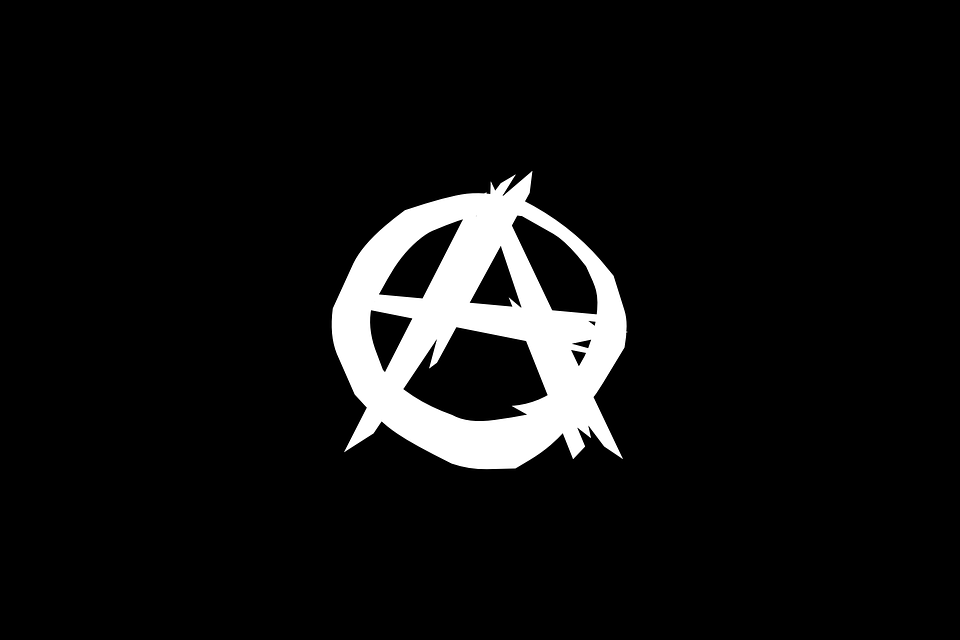Anarchy in the UK? Or just ‘how we do things around here’?

By Andrew Sharman
During a visit to London last week I took my place on the underground train next to a most elegantly attired businessman: Savile Row suit, smart Church’s black loafers, Liberty tie, safety pin on the lapel of his jacket. Wait, what was that? Yes, a safety pin. Right there, on his left lapel, in the place where a flower might go if he were on the way to a wedding, or where a pin-badge showing his alumni or professional association would proudly be. A safety pin – a regular old thing from the domestic sewing basket. Curious.
A couple of hours later, grabbing a coffee the barista had one too. And then the receptionist at my client’s offices. Had I missed the latest fashion craze? Or were Johnny Rotten and the Sex Pistols making a secret comeback?
It appears that in the wake of the Brexit announcement citizens of the United Kingdom are left wondering what’s just happened. At the same time, amongst an increase in race-related incidents, The People are fighting back. With safety pins.
It kicked off on social media with a message saying “I’d like to come up with something that anybody anywhere can pin on their jacket or coat to show they’re an ally”. Twitter meltdown followed and within moments the idea of a safety pin as a sign that the wearer doesn’t tolerate racism came into being. Hashtag safetypin for yourself and see.
In just a couple of weeks millions of pins have been given away, sold for charity, and raided from mum’s sewing baskets everywhere. It’s not the first time an accessory has been used to communicate a political or social message: red ribbons for AIDS, pink ribbons for breast cancer, poppies for war heroes, rainbow colours for gay pride. What’s interesting about the safety pin though is its total ubiquity: we all have a memory attached to it, whether it’s babies nappies or sewing classes, or the punk era – I can recall easily slicing up my jeans and re-joining them with safety pins back in the day. The safety pin, in all its bare-naked glory has always been a symbol for something. It’s now even lofted to the heady heights of fashion with John Galliano treating them as precious gems on his latest collection for the Paris catwalks, and legendary Hermès crafting solid silver versions for their high-end bijouterie. (And of course, let’s not forget Lizzie Hurley and that dress back in ’94.)
Whether we’re stylistic or social, the safety pin is there. From a psychological perspective it’s a solid cultural artefact, shedding light on the way a particular society lives, thinks or otherwise expresses itself. Artefacts are readily observable in the workplace too, and can include a particularly prevalent architectural style; dress code (including PPE); artwork; symbols or graphics; communication styles and media. Organisational artefacts can often be recognised by people both inside and external to the company. A great example is the clothing employees in an Apple retail store wear.
Whilst tangible and easy to spot, the meaning of organisational artefacts can be harder to decipher, though let’s not underestimate their significance. In discussion with a salesgirl chatting about the latest iPad I mentioned her T shirt. Clearly proud of what she was wearing I asked the importance of the colour and why T shirts were chosen over polos or button-downs. “It’s who we are as a company, I guess, it’s the way we do things round here. The vibrant colour signifies our approach to brightening up people’s lives through technology, and the T shirt itself, well, that shows we are real people. Everyone wears T shirts, no matter what they do, and they’re often worn to feel relaxed, calm, and at ease, right? That’s how we want our customers to feel when they come into our store.”
All this from a T shirt. Wow.
Take a look around your workplace – what artefacts do you notice? What do these mean to you? Do you think that your view is congruent with the majority of others who work there?
Now think about health and safety at your place – how do you convey what’s important and culturally acceptable? What artefacts do / could you use to communicate these things?
From humble beginnings holding together a babe’s terry toweling, in just a few weeks the safety pin has joined the artefactual ranks of those brightly-coloured ribbons and makes a statement to all, firmly establishing itself as a cultural clue on what’s important to the wearer, and what’s accepted ‘around here’. A simple device, common to all, signifying a strong set of values. Mine’s already in place on my jacket. Do you have yours yet? #safetypin
Andrew’s best-selling book From Accidents to Zero: A Practical Guide to Improving Your Workplace Safety Culture is available to SHPonline readers with an exclusive 25% discount. A new book Safety Savvy, co-authored with Dr Tim Marsh, is also available on this special offer. Use the code SHP25 at www.fromaccidentstozero.com to order your copies of both books now.
Anarchy in the UK? Or just ‘how we do things around here’?
By Andrew Sharman During a visit to London last week I took my place on the underground train next
Andrew Sharman
SHP - Health and Safety News, Legislation, PPE, CPD and Resources Related Topics
How interactive theatre is changing the face of wellbeing training
Beyond the norm – Have you risk assessed your safety culture?
Post-webinar Q&A: Tim Marsh answers your questions around health and wellbeing

